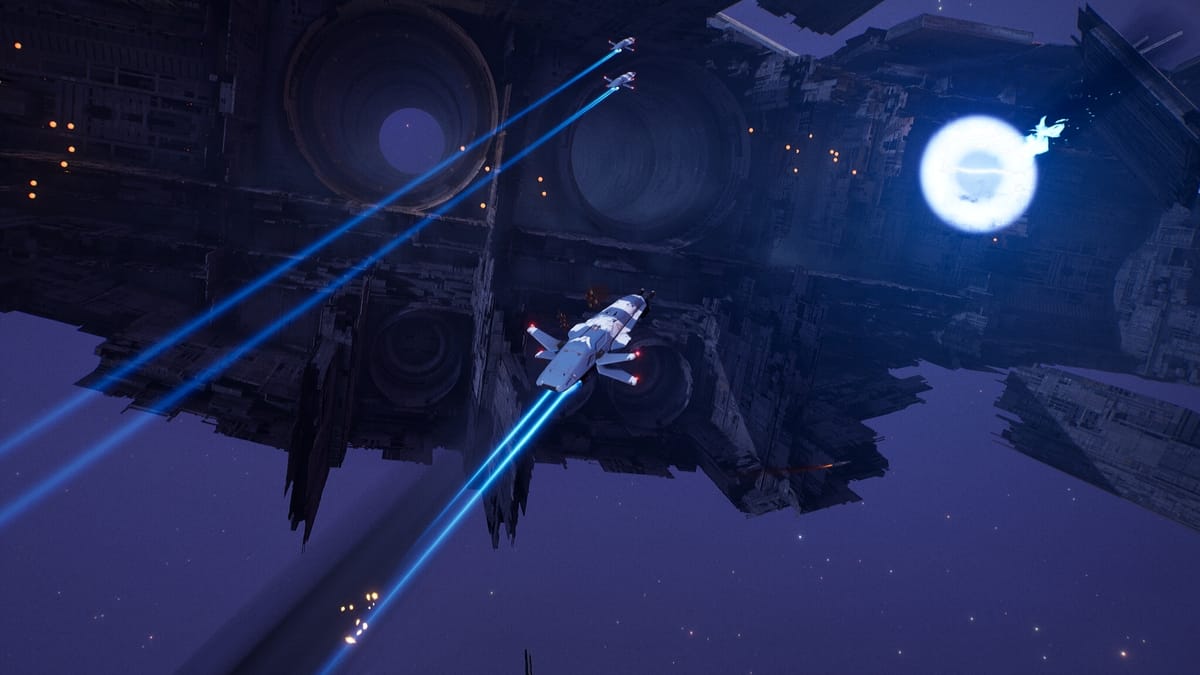
The Homeworld universe has occupied a serious amount of space in my head for some time. The first game was magnificent, taking the RTS genre in a completely new direction by giving players a fresh way to engage the enemy — in 360 degrees. The sequel introduced dynamic difficulty levels with more unit variety and an incredible jump in graphics. Returning Composer Paul Ruskay also willed to life an incredible soundtrack to bring it all together. It was a long wait to 2016 to see Homeworld: Deserts of Kharak — 13 years to be precise, but with the return of Paul Ruskay on score, and the property safely in the hands of Gearbox Software after the dissolution of THQ, the Blackbird Interactive team (many of whom were original members of the Homeworld team) was able to force lightning to somehow strike once again.
Deserts of Kharak acts as a spinoff prequel to Homeworld. A ground-based RTS, the game featured many of the game’s signature staples. A central carrier acted as a Mothership, massive troop movements utilizing terrain for cover and concealment, formations, a very blue tactical map, and incredibly tight mixed-unit gameplay. Best of all, you don’t have to take my word for it on any of these titles – they are all available for a limited time for the low price of absolutely nothing. And since they’ve all been remastered, you’ve literally got nothing to lose.
It’d be easy to see the delay after delay of Homeworld 3 as a warning sign for things to come, but with Design Director Rob Cunningham, Score Creator Paul Ruskay, and Homeworld Cataclysm’s Writer Martin Cirulis at the helm, I can see it for what it is – the team taking the time to get things right. While our last hands-on session may have emphasized the importance of the new cover-based combat system, this newest time with the game was all about reinvention.
It’s been 24 years since the first Homeworld game was unleashed on the unsuspecting RTS world, and now Homeworld 3 is closer than ever. This latest hands-on with the game gave us the opportunity to experience a brand new mode for the series – a cooperative mode called War Games.
War Games, a cross-play-compatible multiplayer mode, allows up to three commanders to work cooperatively to take on an ever-increasing threat. Now, if that’s where the Blackbird Interactive team left things, well, that’s been done before. No, they took the next step.
Loading up with a fellow press member and Kyle, a developer from Gearbox, we set out on our cooperative mission. To differentiate from one another, I chose the red and white Kiith S’Jet pattern from the various liveries available, though with colors the sky really is the limit here – my partners did the same, though Kyle went with traditional black and white out of the seemingly-endless presets, showcasing his Gearbox colors. From here, being level 1, we all selected the Strikecraft fleet.

Our battles raged across the stars. Our first mission had us emerge within the space where a derelict ship had been cracked in half by some previous battle. Abandoned, we searched for precious resources and began to build our fleet. As we worked to gather RUs from various wreckage points on the map, an ever-present bar began to indicate that enemy forces were not only mustering, but that their arrival was imminent. We could complete our stated objectives (which are randomly generated), scooting out before additional forces arrived, or we could stick around and take our chances at more resources and special weapons. Through our cooperative action and combined tactics we pushed our luck.
Using the weapons and tools available to us, and focusing on one another’s strengths of position and what units we’d selected, we worked together as a team. Push after push, escape after escape, our luck continued to hold…until it didn’t.
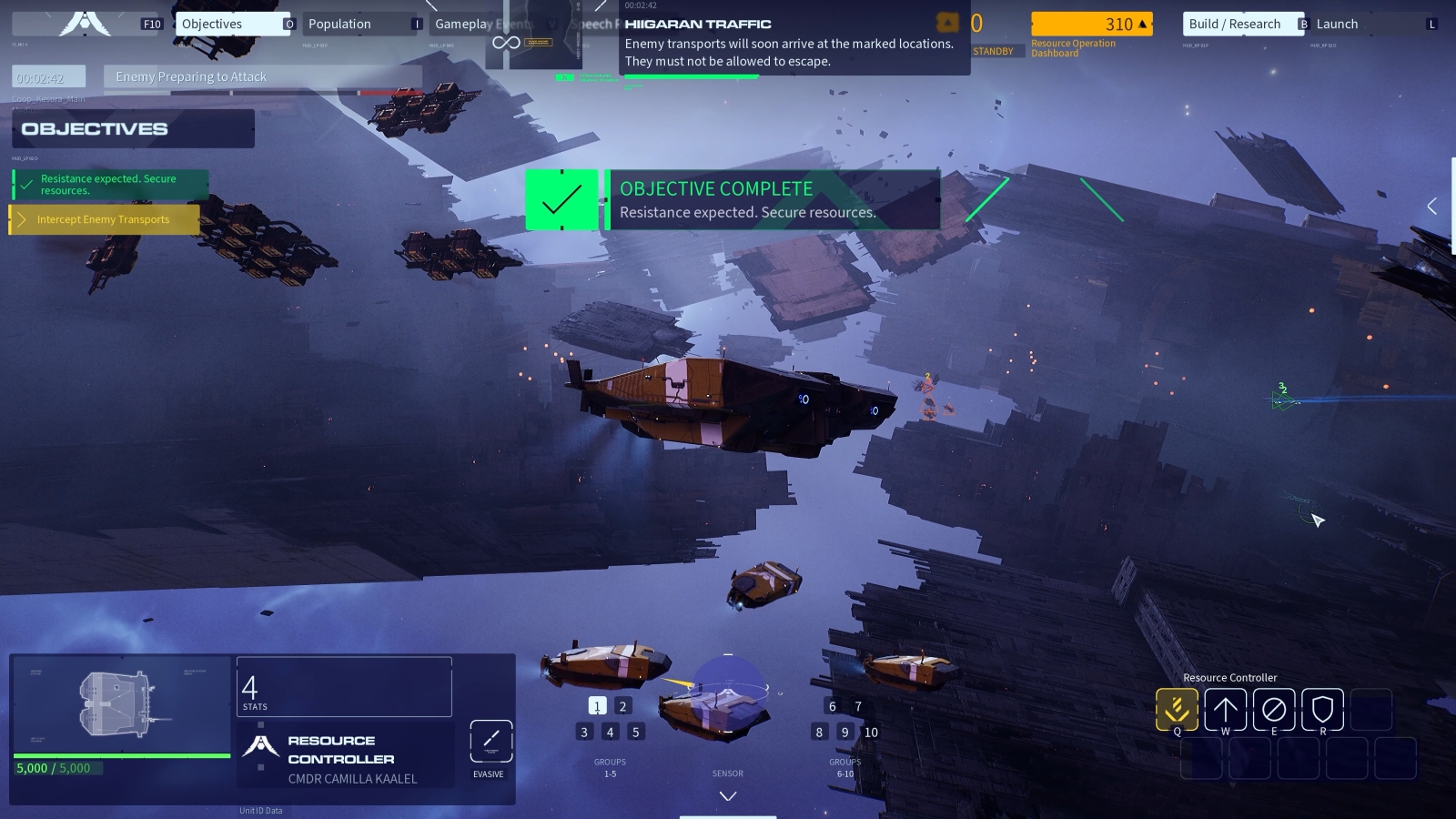
This new mode, though cooperative, is also roguelike. The universe scraped what was once our fleet off its boot like so much dirt and we faded like the distant light of a dying star. Returned to the multiplayer screen we received a short synopsis of how we did, as well as the experience points we’d earned on our journey. Leveling up, we gained access to new starter fleets. These starter fleets emphasized new troop combinations, or smaller ship counts, but offered frigates instead of interceptors, offering a new way to tackle our next run. Leveling up further would unlock additional starting ship configurations. Some offer additional RUs, but fewer units, giving you flexibility in your approach. Some emphasize capital ships at the expense of support units to guard them. No matter what you choose, the real differentiator comes courtesy of the Artifacts system.
Throughout each mission you’ll gain experience, and with that experience you’ll be given a choice. Three randomized modifiers grant all sorts of new ways to tackle the threats ahead. One gave my troops a Brawler upgrade, increasing my Interceptor Damage by 33% and armor by 25%, but decreasing their vision by 25% — a tradeoff. Another transformed my Ion Frigates into far-reaching snipers that could obliterate ships at a distance. Others include increasing the cap maximum on your strikecraft, or increasing bomber damage at the expense of range, but Kyle from Gearbox assures me that there is a “ridiculous amount” of these just waiting for us to discover. Each of these has a dramatic effect on your ship composition, your attack power, and how you approach battle. During one sequence we faced what seemed to be an insurmountable force, with Kyle having lost all of his combat troops. He was certain we were done for and that our run was all but complete, but having constructed some repair frigates, he was able to sustain us all through the fight, keeping us on the offensive till we could jump.
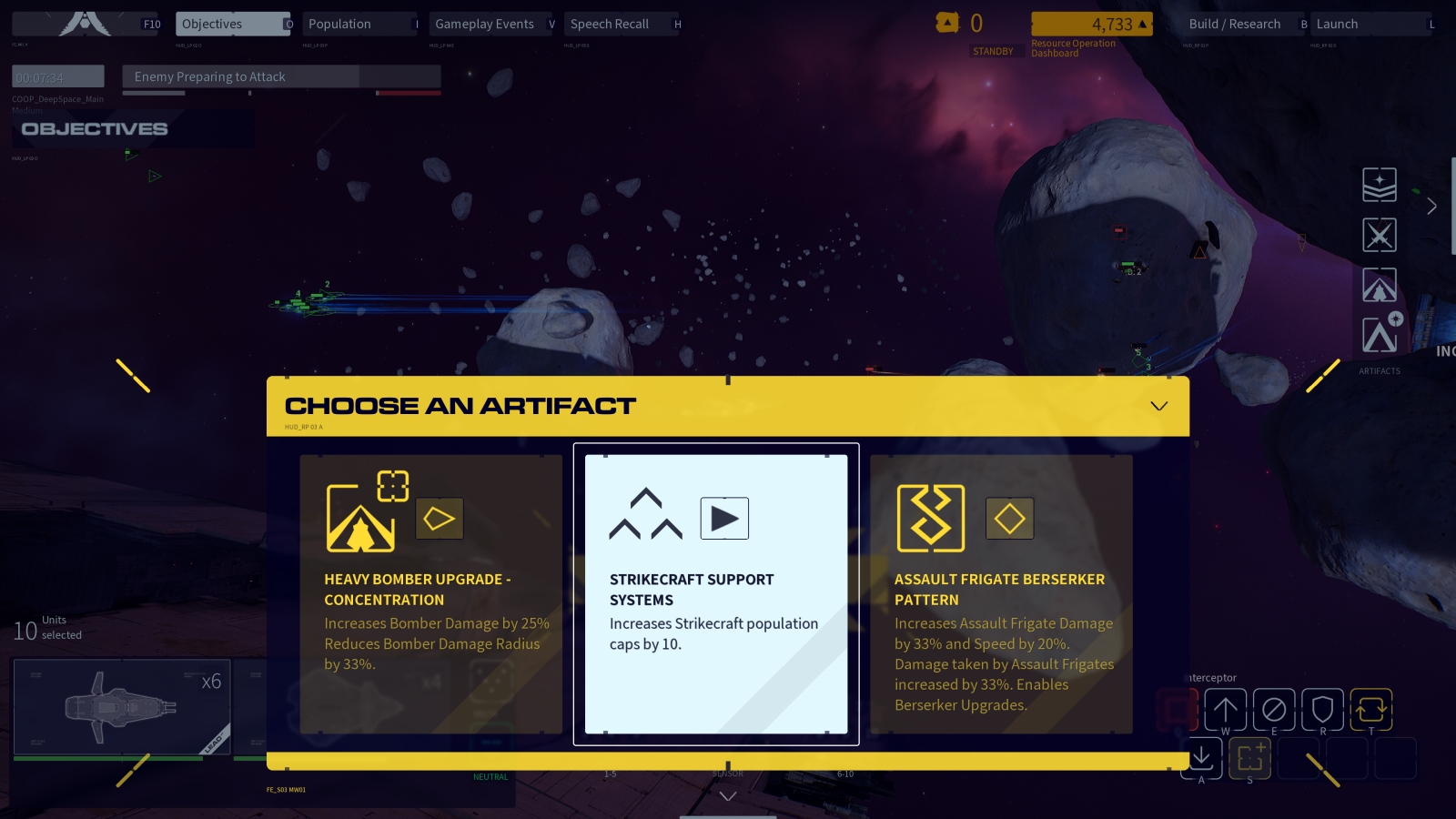
Our biggest fight came when a Dreadnaught warped onto the battlefield – an Incarnate Destroyer. This thing was not only massive, it was also incredibly dangerous. Using our combined fleets we’d need every special power available to bring it down. Through our combined powers we were able to do that, leaving behind precious salvage that could be harvested by our Resource Collectors.
There is one aspect of the real-world that makes its way into Homeworld – the chatter. If you’ve ever listened to real-world military transmissions you know that the pilots involved remain rather dispassionate, being focused on the mission and not becoming overly excited about much of anything. This military bearing is a major aspect of good order and discipline, and any good military member has it. That has translated perfectly to the Homeworld universe, and we hear that in Homeworld 3. Your troops acknowledge their orders and do call-and-response to the situation at hand in a calm and collected manner. It makes you feel like you are commanding loyal troops who know what’s at stake, not unprofessionals. Combined with what will be another award-winning soundtrack from Ruskay, Homeworld 3 delivers in the audio department once again.
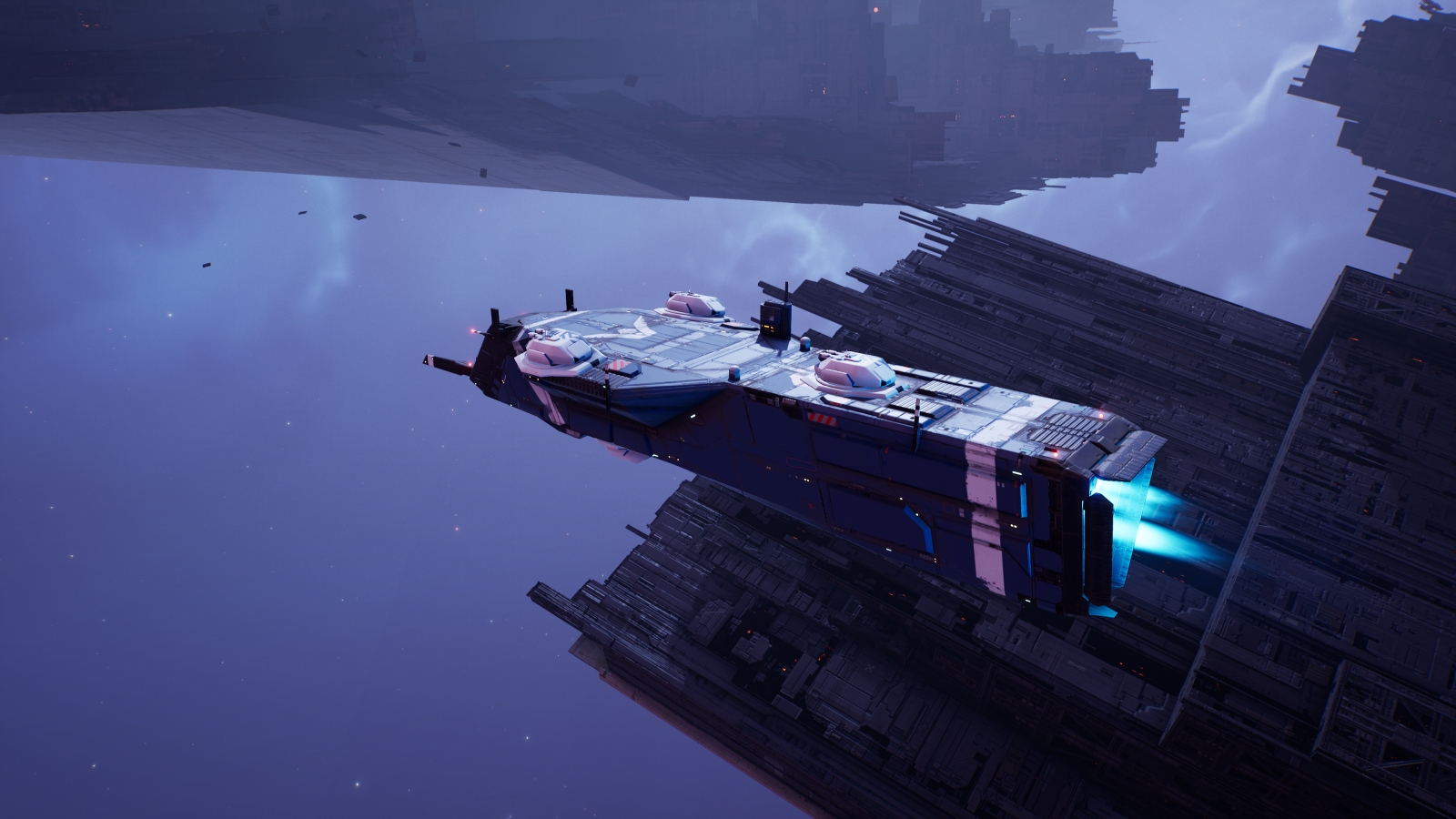
Graphically, Homeworld 3 is a showcase. The haze as motes of debris glistens in the light from a nearby lighted tunnel, the turrets that turn and target enemies as they pass, and the overall detail of each and every ship in the game is extraordinary. Even more so when you remember that this is a game of global scale, meant to be commanded from a distance. The custom Homeworld engine has been replaced by Unreal Engine 4, and the game is a real looker as a result.
Playing Homeworld 3, I was immediately reminded of the early episodes of Battlestar Galactica. The Cylons would attack, the Galactica would jump, and Mr. Gaeta would “start the clock”. I always felt like I was under constant pursuit. It was relentless, exhausting, and exhilarating to watch. In this way, our missions always felt desperate, frantic, and doomed to fail, making unlikely success that much more rewarding each time we defied the odds. This new mode has such a simple twist, but it’s impossible to overstate the effect. While I’m certain the campaign will occupy my time and headspace in a whole new way, this mode could be the thing that draws me into cooperative multiplayer – it’s that good.
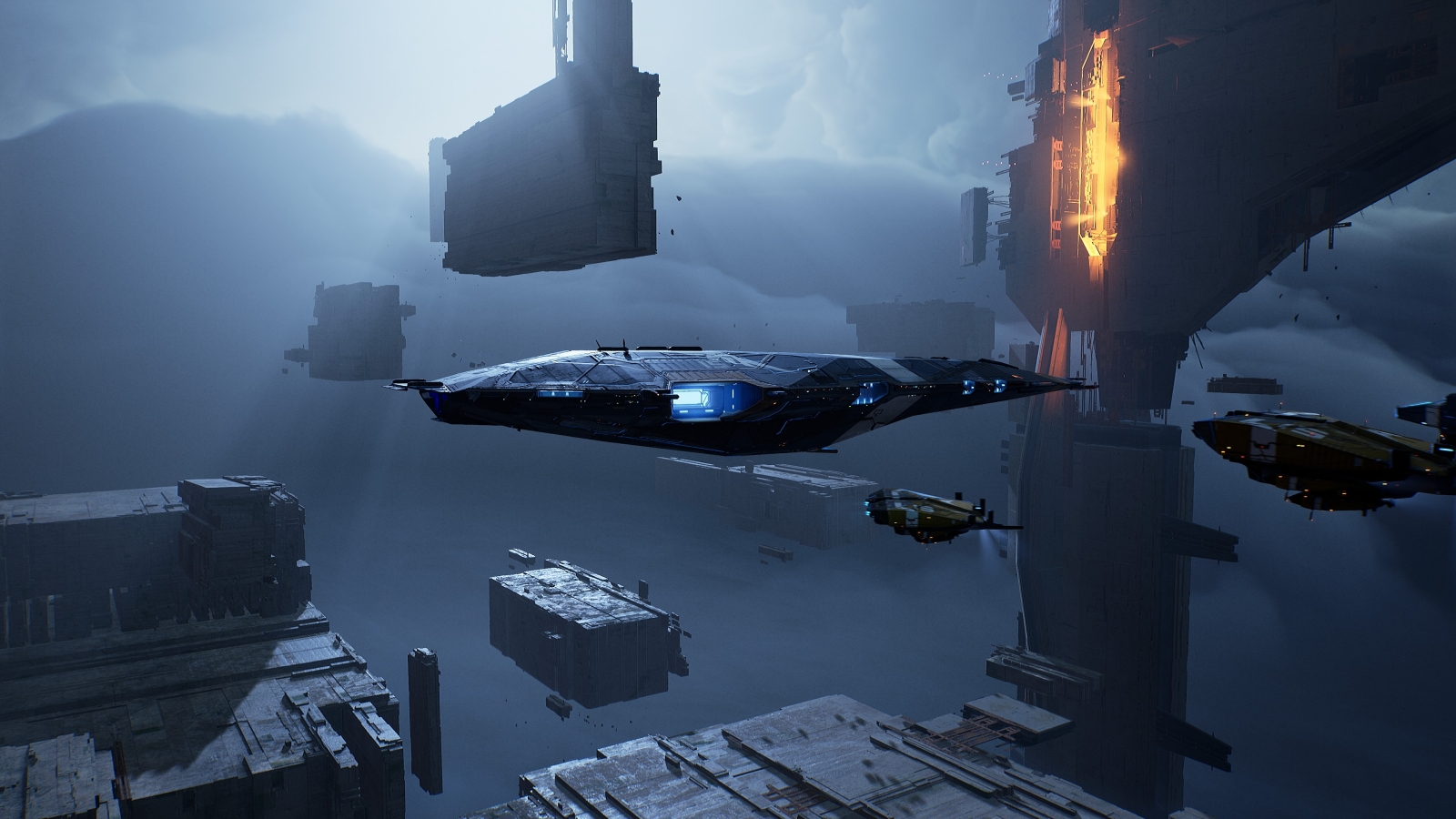
While February 2024 may feel like a long time, it’s right around the corner. There are many more features to experience as Homeworld 3’s picture comes into focus, but one thing is clear – developer Blackbird Interactive won’t be satisfied with anything less than a complete reinvention for the third time. If the last two hands-on opportunities were any indication, they’ll succeed.
Homeworld 3 will head to PC on Steam as well as the Epic Store, and with cross-compatibility, in February of 2024.
